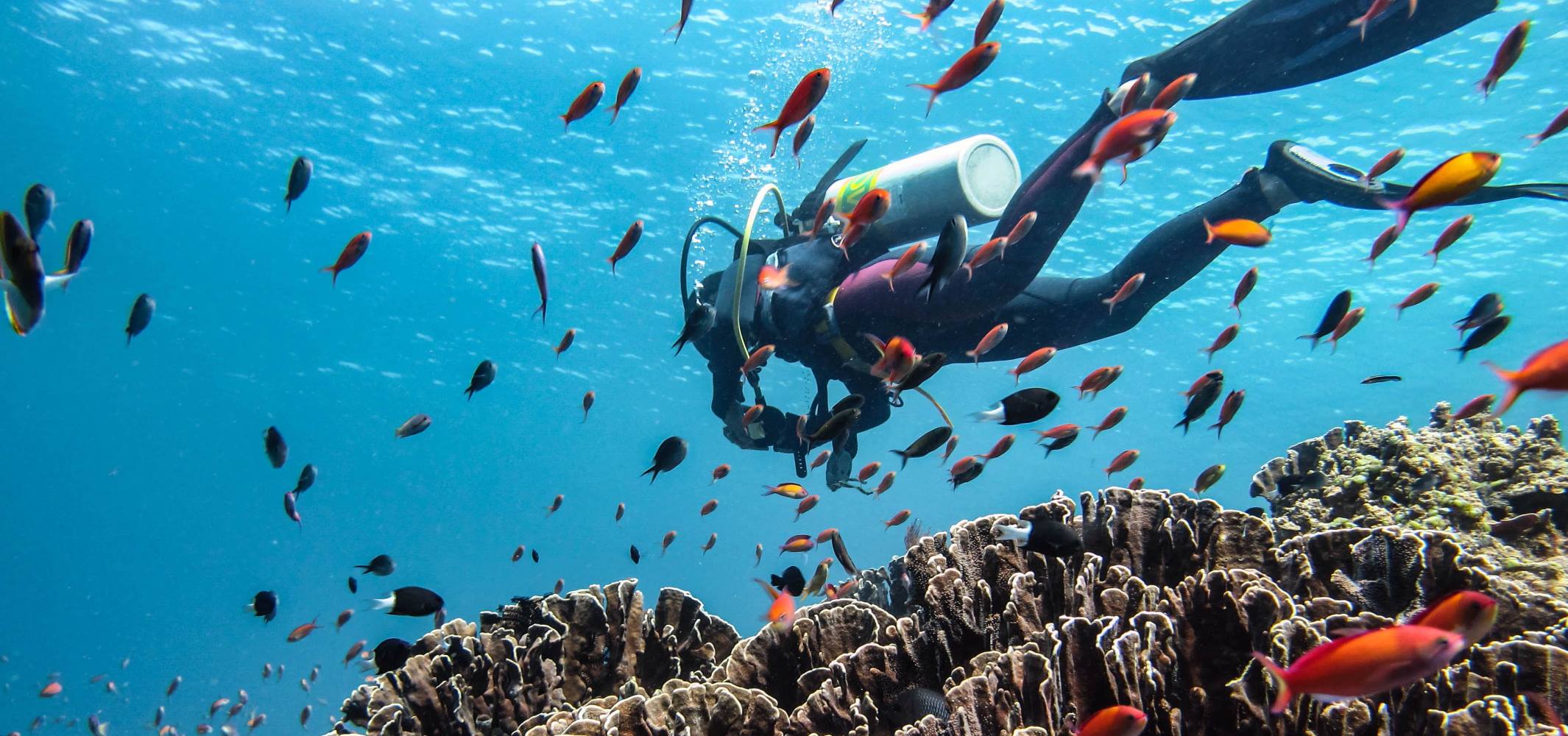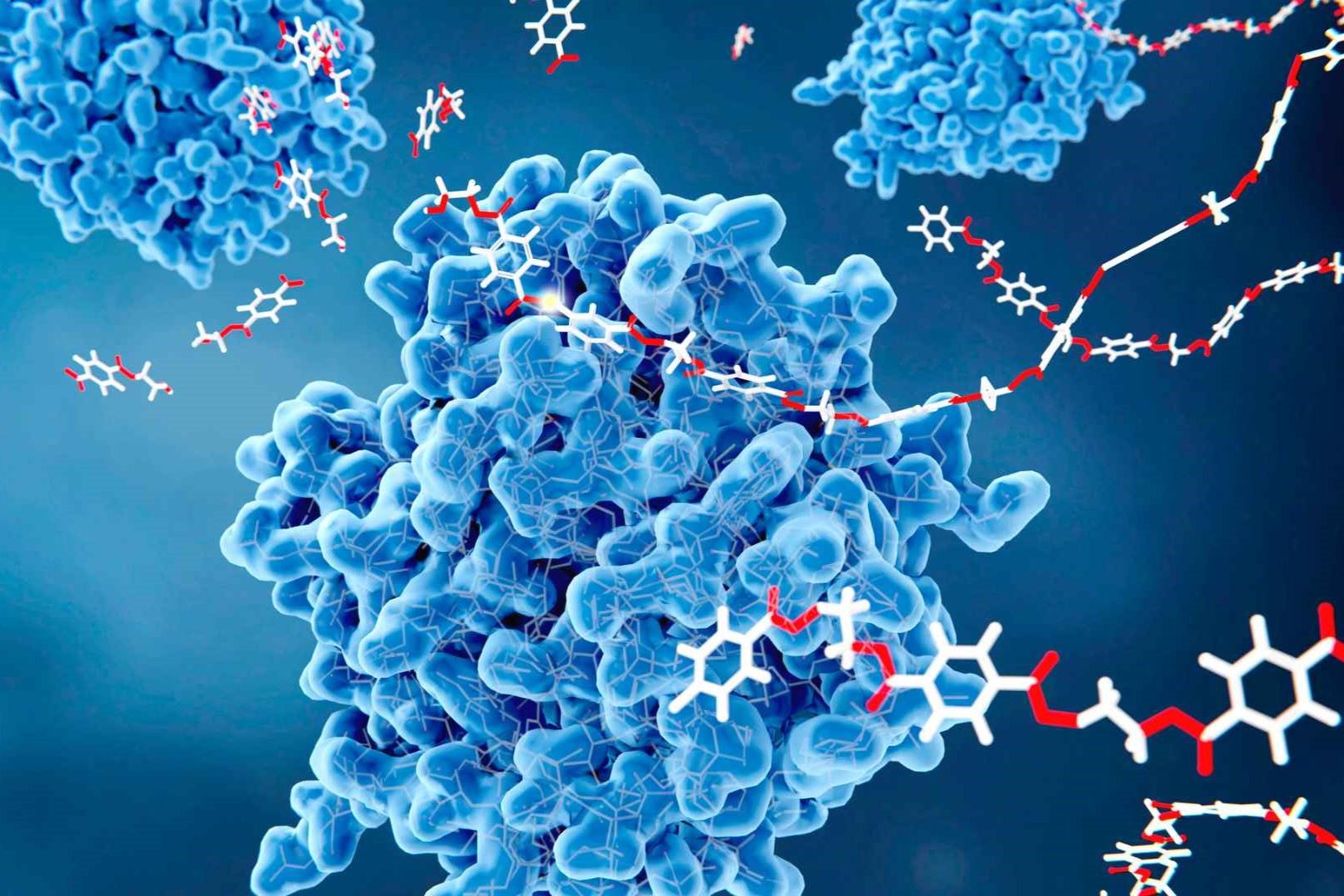
Ever wondered what makes the Gili Islands' reefs so special? These vibrant underwater ecosystems are teeming with life, offering a kaleidoscope of colors and creatures. From the tiniest nudibranchs to majestic sea turtles, the reefs around the Gili Islands are a diver's paradise. But there's more to these reefs than just their beauty. They play a crucial role in marine biodiversity, support local communities, and even help protect shorelines from erosion. Whether you're a seasoned diver or just curious about marine life, these 34 facts will give you a deeper appreciation for the Gili Islands' reefs. Dive in and discover the magic beneath the waves!
Gili Islands: A Tropical Paradise
The Gili Islands, located off the northwest coast of Lombok, Indonesia, are renowned for their stunning beaches, vibrant nightlife, and, most importantly, their incredible coral reefs. These reefs are a haven for marine life and a dream destination for snorkelers and divers.
The Formation of Gili Islands Reefs
Understanding how these reefs came to be can give us a deeper appreciation of their beauty and significance.
- Coral reefs around the Gili Islands began forming thousands of years ago. They developed from the accumulation of calcium carbonate skeletons of coral polyps and other marine organisms.
- The reefs are primarily fringing reefs. These types of reefs grow directly from the shoreline, creating a shallow lagoon between the land and the reef.
- Volcanic activity in the region contributed to the reef's formation. The volcanic soil provides essential nutrients that support coral growth.
- The reefs are part of the Coral Triangle. This area is known for its extraordinary marine biodiversity, housing 76% of the world's coral species.
Marine Life in Gili Islands Reefs
The reefs are teeming with life, making them a hotspot for marine biodiversity.
- Over 500 species of coral can be found here. This diversity supports a wide range of marine life.
- The reefs are home to more than 3,000 species of fish. From tiny clownfish to majestic manta rays, the variety is astounding.
- Sea turtles are a common sight. Both green and hawksbill turtles are frequently seen gliding through the waters.
- Sharks, including reef sharks, are also present. These apex predators play a crucial role in maintaining the health of the reef ecosystem.
- The reefs support a variety of invertebrates. Starfish, sea urchins, and octopuses are just a few examples.
The Importance of Gili Islands Reefs
These reefs are not just beautiful; they play a vital role in the environment and local economy.
- Coral reefs protect the shoreline. They act as natural barriers, reducing the impact of waves and preventing coastal erosion.
- They support local fisheries. Many fish species rely on the reefs for breeding and feeding, which in turn supports the livelihoods of local fishermen.
- Tourism is heavily reliant on the reefs. Snorkeling and diving are major attractions, bringing in visitors from around the world.
- Reefs contribute to carbon sequestration. They absorb carbon dioxide from the atmosphere, helping to mitigate climate change.
- They are a source of new medicines. Compounds derived from reef organisms are being studied for their potential in treating various diseases.
Threats to Gili Islands Reefs
Despite their importance, these reefs face numerous threats that could jeopardize their future.
- Climate change is a significant threat. Rising sea temperatures can cause coral bleaching, where corals expel the algae living in their tissues, leading to their death.
- Ocean acidification affects coral growth. Increased CO2 levels lower the pH of seawater, making it harder for corals to build their skeletons.
- Overfishing disrupts the balance of the ecosystem. Removing key species can lead to the overgrowth of algae, which competes with corals for space.
- Pollution from land-based sources. Runoff containing pesticides, fertilizers, and other pollutants can harm coral reefs.
- Tourism-related damage. Unregulated tourism can lead to physical damage to the reefs from anchors, trampling, and littering.
Conservation Efforts for Gili Islands Reefs
Efforts are being made to protect and restore these precious ecosystems.
- Marine protected areas have been established. These zones restrict activities that can harm the reefs, allowing them to recover.
- Coral restoration projects are underway. Scientists and volunteers are working to transplant healthy corals to damaged areas.
- Sustainable tourism practices are being promoted. Educating tourists on how to interact with the reefs responsibly helps minimize damage.
- Local communities are involved in conservation. Engaging residents in reef protection efforts ensures long-term success.
- Research and monitoring are ongoing. Continuous study of the reefs helps identify threats and measure the effectiveness of conservation strategies.
Unique Features of Gili Islands Reefs
These reefs have some unique characteristics that set them apart from others around the world.
- The reefs have a high level of endemism. Some species found here are not found anywhere else in the world.
- They exhibit a variety of coral formations. From massive boulder corals to delicate branching corals, the diversity in structure is remarkable.
- The reefs are relatively accessible. Unlike some remote reef systems, the Gili Islands reefs are easy to reach for tourists and researchers.
- They offer year-round diving opportunities. The warm, clear waters make it possible to explore the reefs at any time of the year.
- The reefs are known for their night diving experiences. Nocturnal marine life, including bioluminescent organisms, can be observed after dark.
Fun Facts about Gili Islands Reefs
Here are some interesting tidbits that highlight the wonder of these reefs.
- The Gili Islands are a turtle conservation hotspot. Efforts to protect and hatch turtle eggs have been highly successful.
- The reefs are a popular spot for underwater photography. The vibrant colors and diverse marine life make for stunning photos.
- Artificial reefs have been created to support coral growth. Structures like sunken boats and sculptures provide new surfaces for corals to colonize.
- The reefs are home to the rare pygmy seahorse. These tiny creatures are masters of camouflage, blending in perfectly with their surroundings.
- The Gili Islands host an annual underwater cleanup event. Divers from around the world come together to remove debris from the reefs, helping to keep them healthy.
Final Thoughts on Gili Islands Reefs
Gili Islands reefs are a treasure trove of marine life and natural beauty. These vibrant underwater ecosystems support a wide variety of species, from colorful corals to diverse fish populations. The reefs also play a crucial role in protecting the islands from erosion and supporting local economies through tourism and fishing.
However, these reefs face significant threats from climate change, pollution, and overfishing. Conservation efforts are essential to preserve these underwater wonders for future generations. Local initiatives, such as coral restoration projects and sustainable tourism practices, are steps in the right direction.
Visiting the Gili Islands offers a unique opportunity to witness the beauty of these reefs firsthand. By supporting eco-friendly practices and raising awareness about the importance of reef conservation, we can all contribute to the protection of these invaluable ecosystems. The Gili Islands reefs are not just a natural wonder; they're a vital part of our planet's health.
Was this page helpful?
Our commitment to delivering trustworthy and engaging content is at the heart of what we do. Each fact on our site is contributed by real users like you, bringing a wealth of diverse insights and information. To ensure the highest standards of accuracy and reliability, our dedicated editors meticulously review each submission. This process guarantees that the facts we share are not only fascinating but also credible. Trust in our commitment to quality and authenticity as you explore and learn with us.


